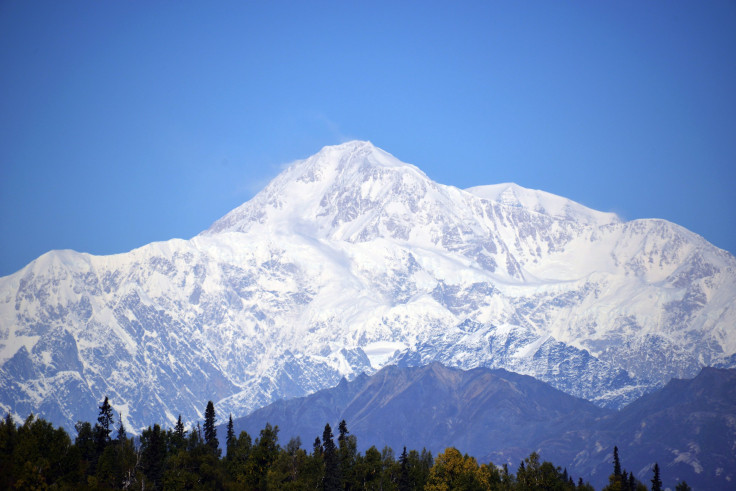What Is Ugrunaaluk Kuukpikensis? New Dinosaur Species Discovered In Alaska Thrived In Polar Climate, Researchers Say

A new dinosaur species was unearthed in northern Alaska and it apparently thrived in the brisk, polar landscape. The groundbreaking discovery of the duck-billed dino, dubbed Ugrunaaluk kuukpikensis, has marked a turning point for paleontologists who have focused on warmer climates.
Greg Erikson, professor of paleobiology at Florida State University, and his colleague Patrick Druckenmiller, earth sciences curator of the University of Alaska Museum of the North and associate professor of geology at the University of Alaska Fairbanks, announced their finding Tuesday in the journal Acta Paleontologica Polonica. The two researchers have apparently already found some 10,000 bones from the creature in Alaska’s Prince Creek Formation, which means it thrived in an area that was considered relatively cold, for dinosaurs at least.
“It wasn’t so long ago that the idea of dinosaurs living up in the polar world was kind of, you know, really? Are you kidding?” Druckenmiller told the Washington Post.
New dinosaur found in Alaska http://t.co/HUgszOG29C pic.twitter.com/BH9RwXw4iJ
— The Alaska News (@TheAlaskaNews) September 22, 2015The new creature looked very similar to Edmontosaurus, another duck-billed dino often found in Montana and Alberta, Canada. But with an ample amount of bones, researchers were able to find enough small differences to make them suspect these were a new species. Hirotsugu Mori, a co-author of the research paper and former graduate student at University of Alaska Fairbanks, provided a detailed analysis that helped confirm the amazing find.
“The new species has a unique combination of characteristics not seen in other dinosaurs,” such as the creature’s distinct skull shape, Mori said in a press release Tuesday, according to Alaska Dispatch News.
Alaska dinosaur: This duck-billed vegetarian grew up to 30 feet long, university says http://t.co/gYru6uHSy3 pic.twitter.com/7KDImbK7Iq
— Kyle Hopkins (@kylehopkinsAK) September 22, 2015Researchers suggest that Ugrunaaluk kuukpikensis, which means “ancient grazer” in the language used by native Alaskan Inupiat Eskimos, grew up to 30 feet long from nose to tail and had hundreds of teeth to chew through tough vegetation in the polar forest that covered northern Alaska about 70 million years ago.
The creature would have endured average temperatures in the low 40s along with “months of darkness and even snow,” Druckenmiller told Alaska Dispatch News. There was no evidence, however, that the vegetarian dino migrated for sunshine or warmth, so researchers believe this species must have adapted to survive – and even enjoy -- the chilly climate.
“These were dinosaurs living at the very edge of what we think dinosaurs were physiological capable of,” Druckenmiller told the Washington Post.
© Copyright IBTimes 2024. All rights reserved.





















